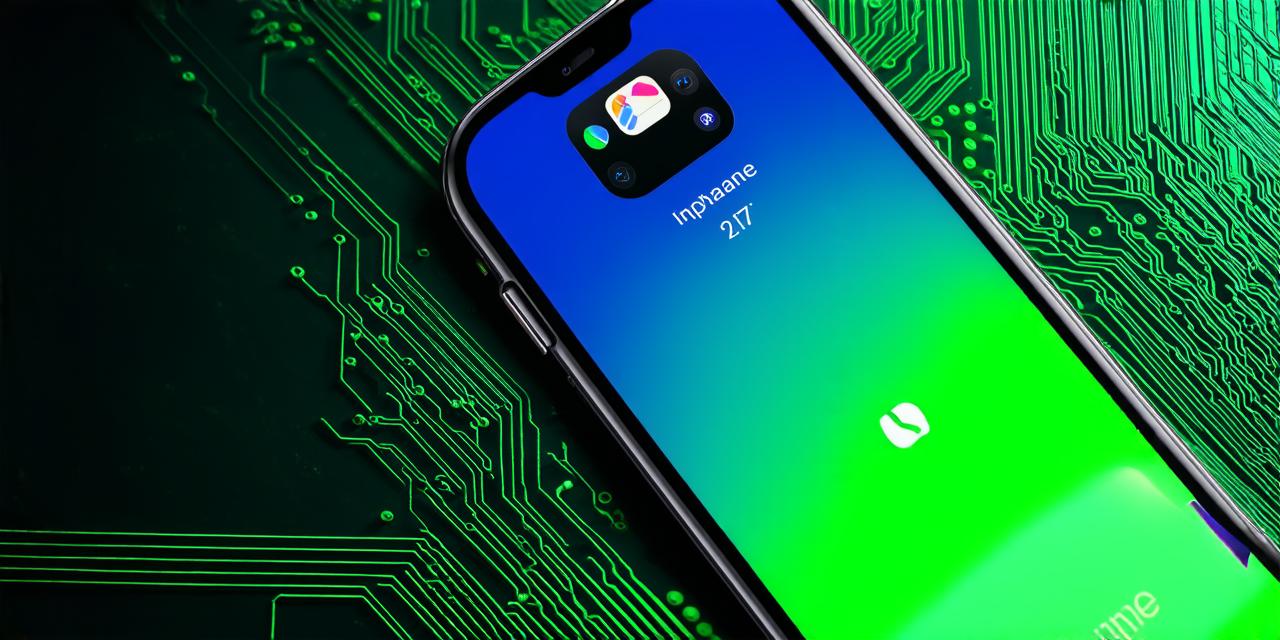Introduction:
Apple’s latest operating system update, iOS 17, is set to revolutionize the way we interact with our iPhones. As developers, it is essential to ensure that our applications are up-to-date and optimized for this new version of iOS. In this comprehensive guide, we will explore how to upgrade your applications on an iPhone with iOS 17, using best practices to ensure a smooth transition for your users.
Step 1: Understand the New Features in iOS 17
Before you start upgrading your applications, it is crucial to understand the new features that come with iOS 17. Some of the key changes include:
* Improved battery life and performance
* Enhanced privacy features
* A redesigned Control Center
* New app icons and customization options
It is essential to research these features in detail to ensure that your application can take full advantage of them. This will help you create a more engaging and user-friendly experience for your users.
Step 2: Test Your Application on iOS 17
Before you release your updated application, it is crucial to test it thoroughly on iOS 17. This will help you identify any issues or bugs that may arise during the upgrade process. To test your application on iOS 17, follow these steps:
* Download and install the latest version of Xcode
* Create a new project or open an existing one
* Select the “iPhone with iOS 17” simulator from the list of available devices
* Run the application and test it thoroughly
It is recommended to use automated testing tools, such as Fastlane or CI/CD pipelines, to ensure that your application passes all tests on all platforms.
Step 3: Create a Migration Strategy

When upgrading your application, it is essential to have a migration strategy in place. This will help you ensure that your users’ data and settings are not lost during the upgrade process. There are several migration strategies that you can use, including:
* Incremental updates: This involves releasing smaller updates that do not require a complete reinstall of the application. These updates can be used to add new features or fix bugs without requiring users to start from scratch.
* Data backup and restore: This strategy involves backing up all user data before the upgrade process and restoring it after the update is complete. This ensures that all user data is preserved during the upgrade process.
* Cloud-based storage: If your application uses cloud-based storage, you can ensure that all user data is stored in the cloud and is accessible after the upgrade process.
Step 4: Optimize Your Application for iOS 17
To optimize your application for iOS 17, it is essential to use best practices such as:
* Using the latest development tools and frameworks
* Following Apple’s Human Interface Guidelines
* Ensuring that your application is designed for the latest screen sizes and resolutions
* Optimizing your application for the new features in iOS 17, such as improved battery life and enhanced privacy features
* Testing your application thoroughly on all devices and platforms to ensure compatibility with iOS 17
Step 5: Release Your Updated Application
Once you have tested your updated application and optimized it for iOS 17, it is time to release it to the public. When releasing your updated application, it is essential to:
* Provide clear and concise instructions on how to upgrade to the latest version of the application
* Test your application thoroughly before releasing it to ensure that it works as expected
* Monitor user feedback and reviews after the release to identify any issues or bugs that may arise
* Continuously update and improve your application to provide the best possible experience for your users.
Summary:
Upgrading your applications on an iPhone with iOS 17 is essential to ensure that your users have the best possible experience when using your application. By following the steps outlined in this guide, you can create a smooth transition for your users and optimize your application for the latest features in iOS 17.
